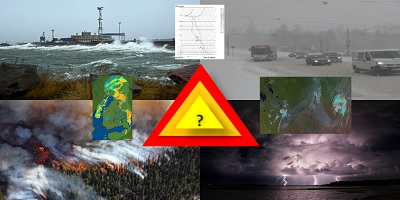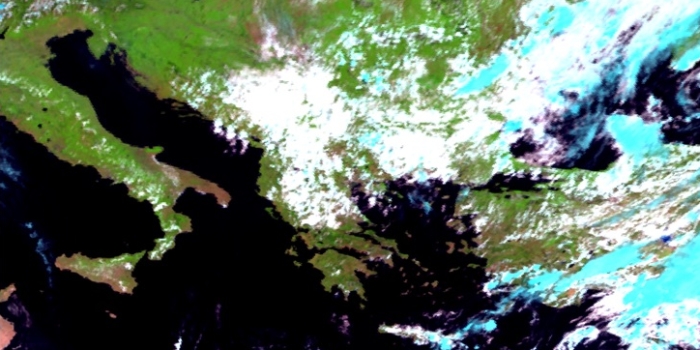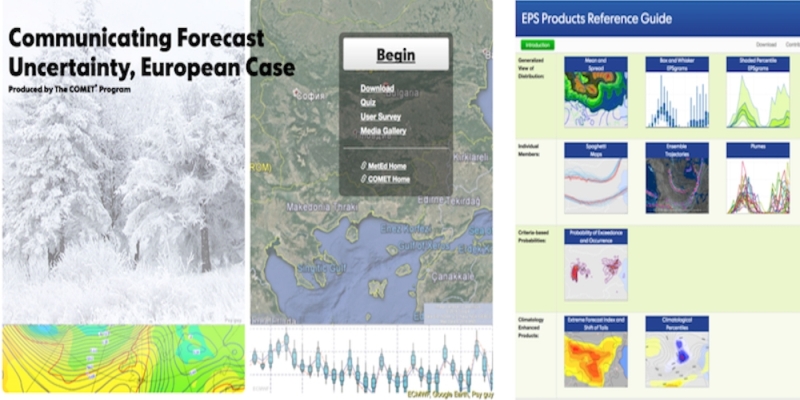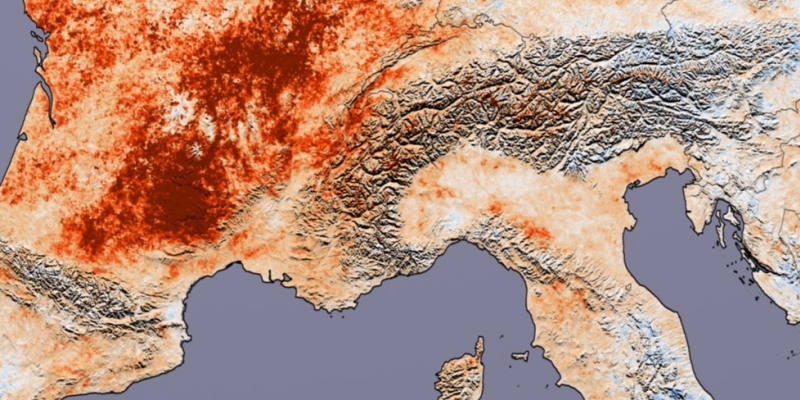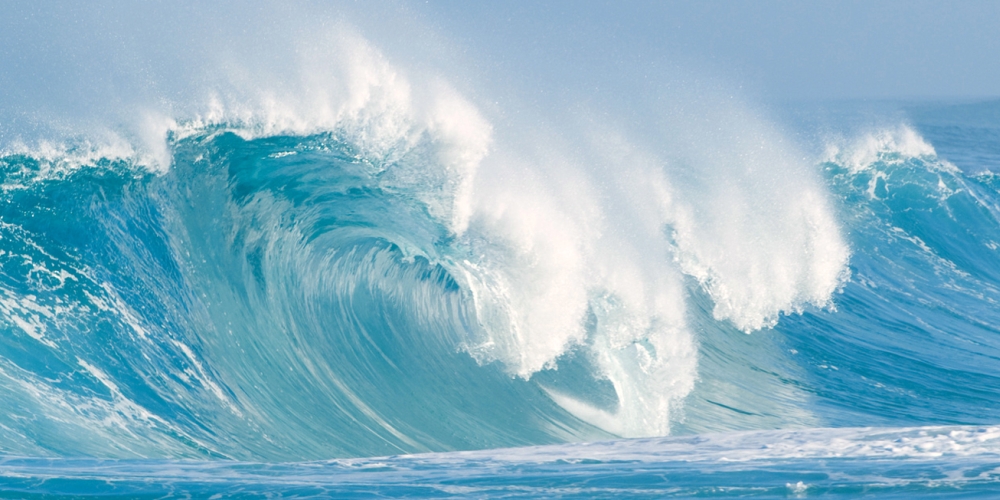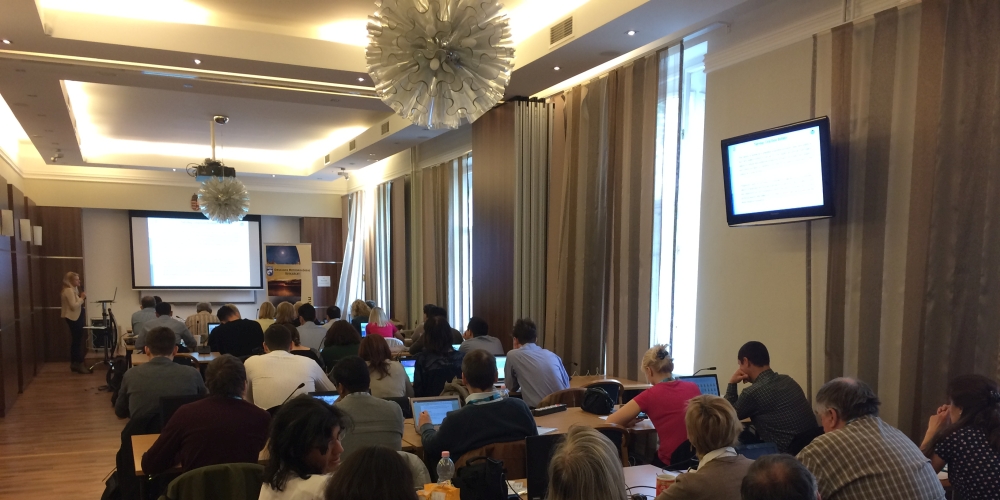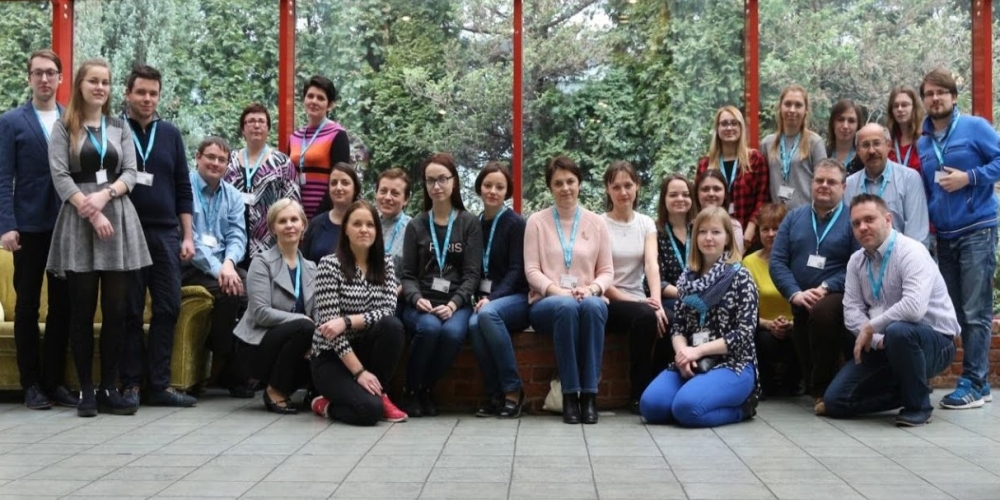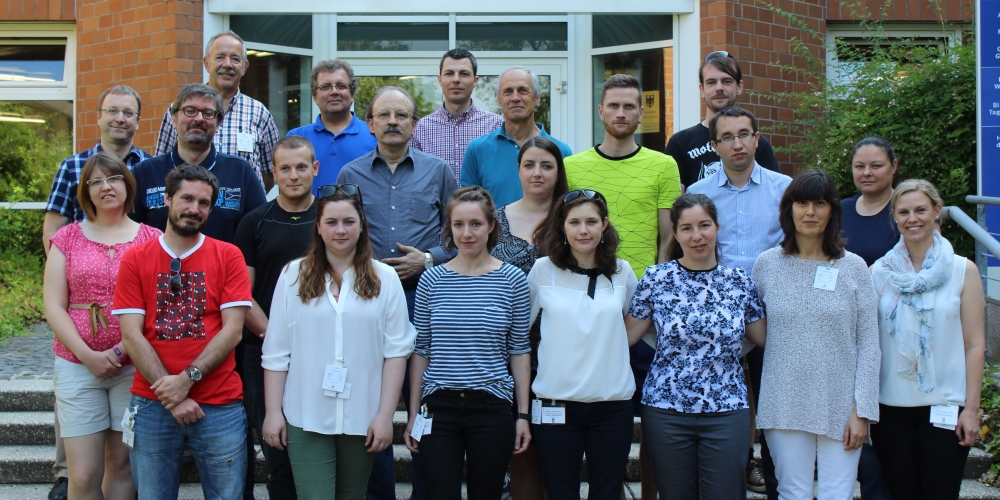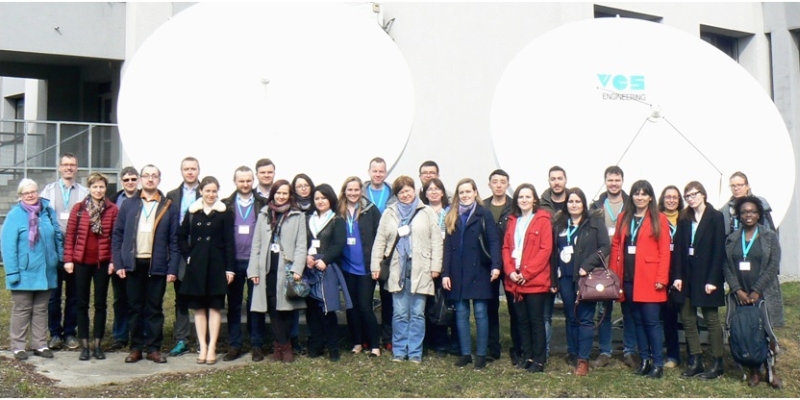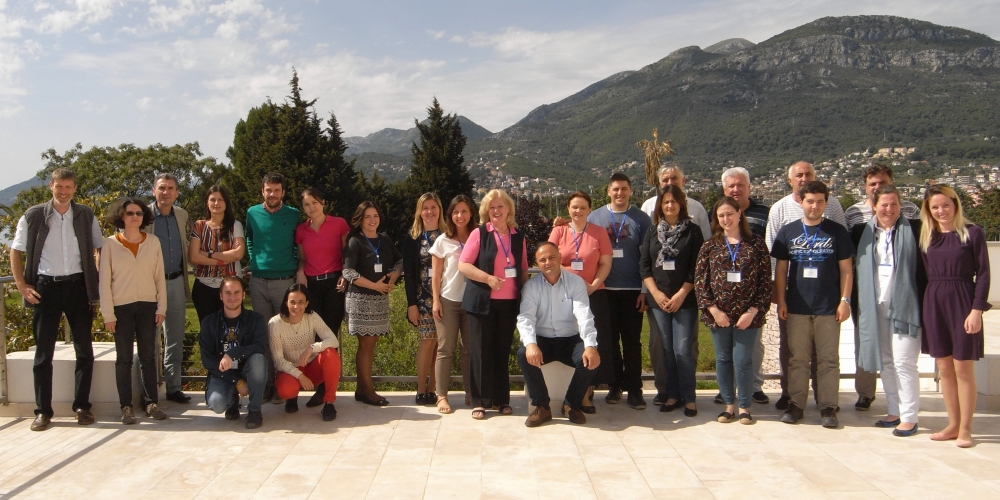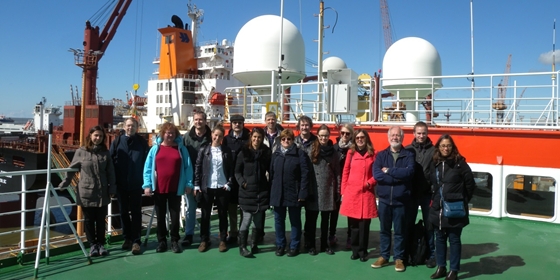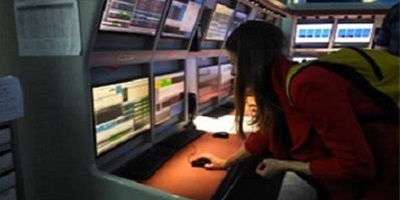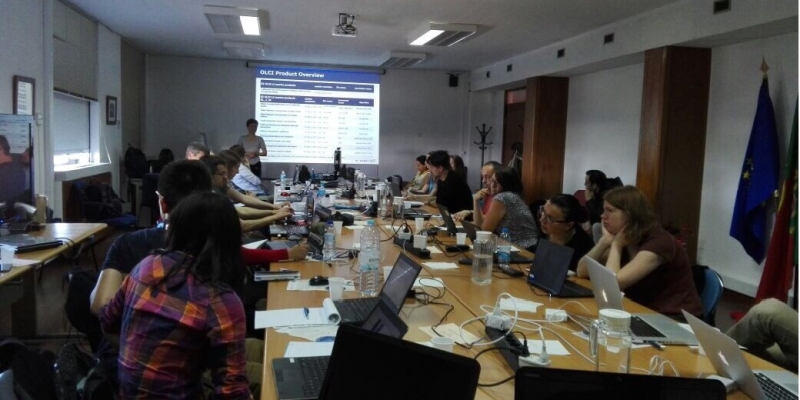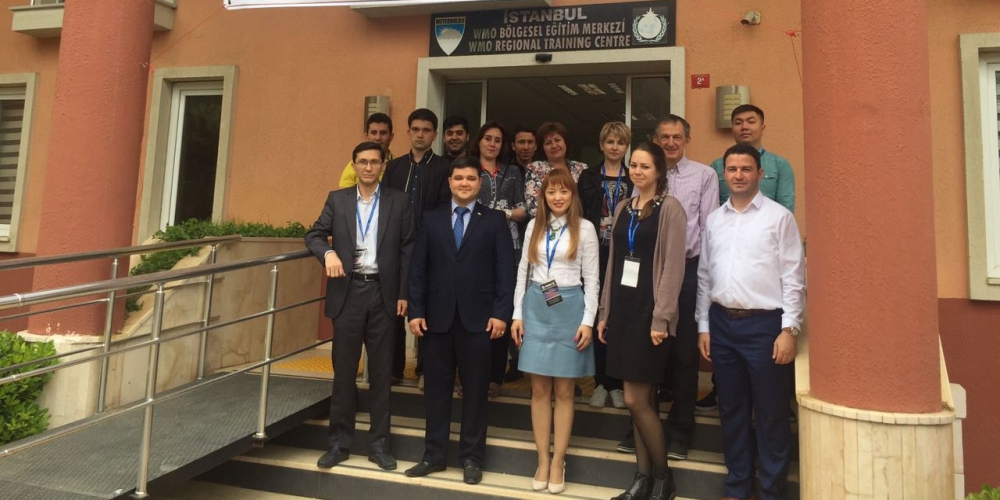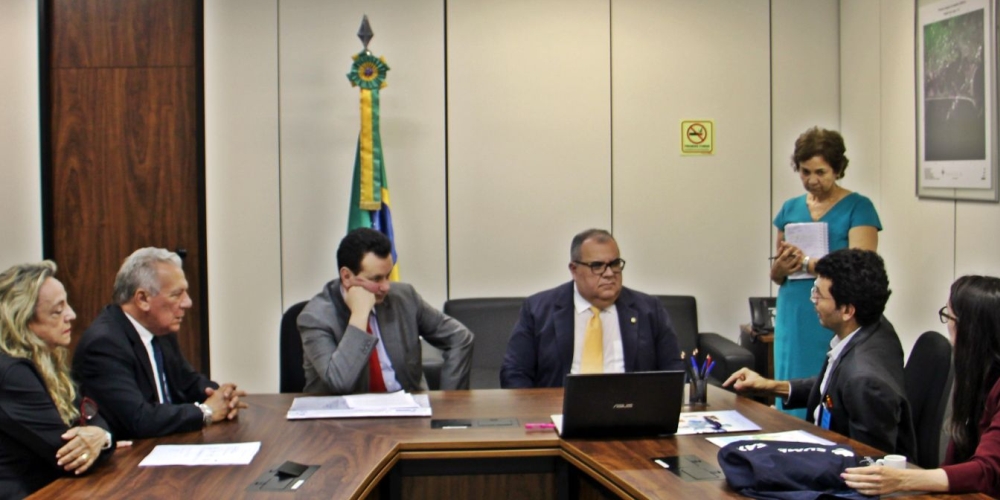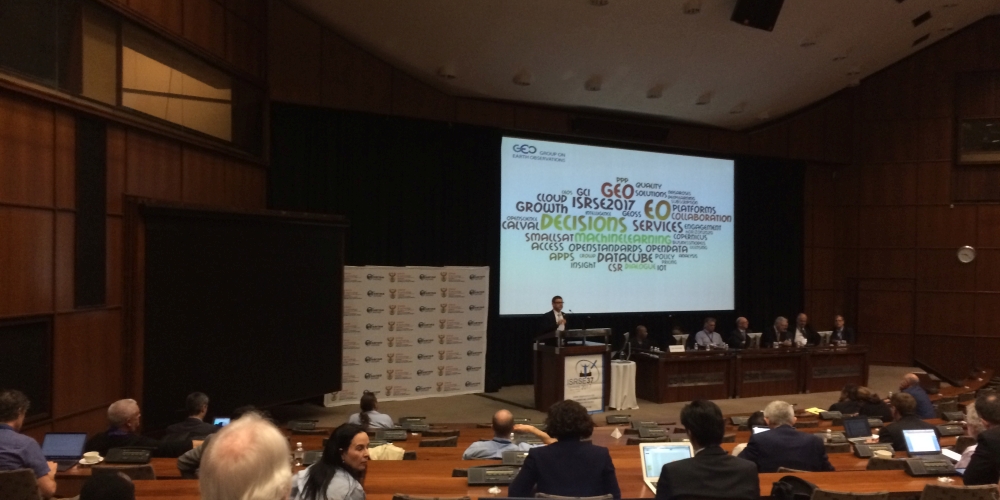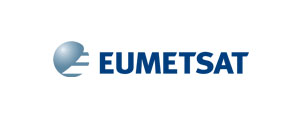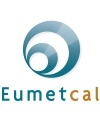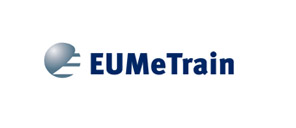
EUMETSAT Meteorological Satellite Conference
2-6 October 2017 / Rome, ItalyThe 2017 EUMETSAT Meteorological Satellite Conference will take place in Rome, Italy, from 2 to 6 October 2017. EUMETSAT will be joined in the organisation and hosting of the event by the Italian Air Force-Meteorological Service (ITAF-MET), the national provider for weather and climate services in Italy.
The EUMETSAT Meteorological Satellite Conference is a forum that brings together international meteorologists, scientists and researchers to share their experiences and knowledge during plenary, poster and workshop sessions.
In addition to the perennial cornerstone themes of weather, ocean and climate observations, the 2017 conference will offer an excellent opportunity to discuss how satellite data can support operational hydrology and water resources management. This will consider the utilisation of the precipitation, soil moisture and snow products delivered by the H SAF, which is led by the Italian Air Force-Meteorological Service (ITAF-MET).
The conference will also look at the use of satellite data in very high-resolution numerical weather prediction (NWP) models, and at the preparation for the next generation of geostationary satellites, including MTG.
Find out more and register here.
